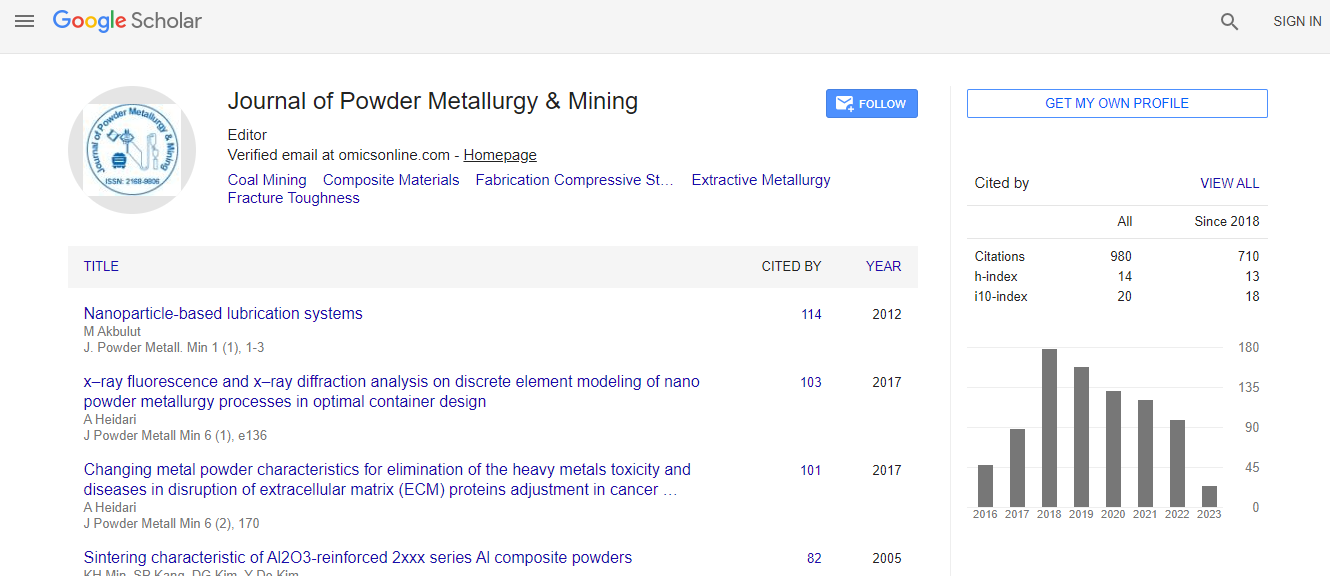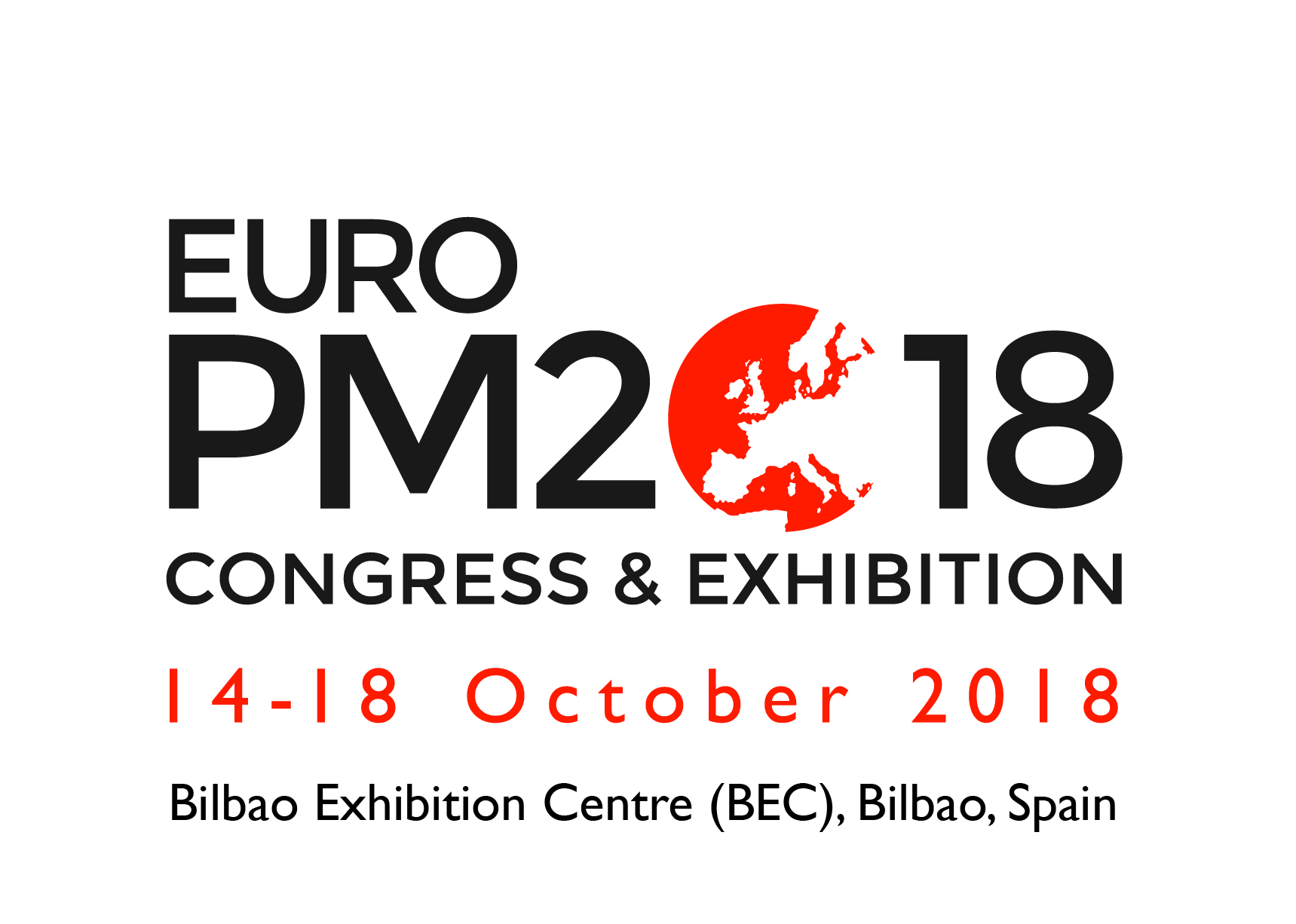Research Article
Mechanical, Interfacial and Thermal Properties of Different Chemical Structures of Epoxy Resin
Pyeong-Su Shin1, Jong-Hyun Kim1, Ha-Seung Park1, Yeong-Min Baek1, Dong-Jun Kwon1, K. Lawrence DeVries2 and Joung-Man Park1,2*1Department of Materials Engineering and Convergence Technology, Center for Creative Human Resource & Convergence Materials, Research Institute for Green Energy Convergence Technology, Gyeongsang National University, Jinju 660-701, Korea
2Department of Mechanical Engineering, The University of Utah, Salt Lake City, Utah 84112, USA
- *Corresponding Author:
- Park JM
Department of Materials Engineering and Convergence Technology
Center for Creative Human Resource & Convergence Materials
Research Institute for Green Energy Convergence Technology
Gyeongsang National University, Jinju 660-701, Korea
Tel: +82-55-772-1656
Fax: +82-55-772-1659
E-mail: jmpark@gnu.ac.kr
Received Date: June 18, 2017; Accepted Date: June 20, 2017; Published Date: June 22, 2017
Citation: Shin PS, Kim JH, Park HS, Baek YM, Kwon DJ, et al. (2017) Mechanical, Interfacial and Thermal Properties of Different Chemical Structures of Epoxy Resin. J Powder Metall Min 6: 169. doi:10.4172/2168-9806.1000169
Copyright: © 2017 Shin PS, et al. This is an open-access article distributed under the terms of the Creative Commons Attribution License, which permits unrestricted use, distribution, and reproduction in any medium, provided the original author and source are credited.
Abstract
Optimal glass fiber/epoxy composite conditions were investigated as functions of different epoxy resin structures. Bisphenol-A and novolac type epoxies were used as composite matrices. TGA and DSC measurements were used to investigate thermal stability and glass transition temperatures of these resins. A UTM was used, at room and high temperatures, to preform tensile and compressive tests as well microdroplet pull-out tests to investigate the mechanical and interfacial properties of the resins and their composites. Novolac epoxy resin and its composites exhibited better mechanical and interfacial properties than bisphenol-A and its composites. It was also observed that the shape of microdroplet on the glass fiber was significantly narrower for the novolac resin than it was for the bisphenol-A epoxy resin.

 Spanish
Spanish  Chinese
Chinese  Russian
Russian  German
German  French
French  Japanese
Japanese  Portuguese
Portuguese  Hindi
Hindi 

